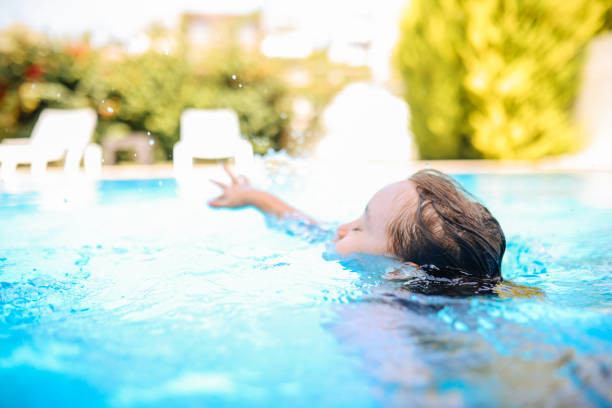As a parent, you never want to think about the possibility of your child drowning, but it’s important to be aware of the risks and take steps to protect your little one.
Drowning is a leading cause of death for children aged 1-4 years old. It’s the number one cause of unintentional death in that age group. In fact, according to the Centers for Disease Control and Prevention (CDC), every day around ten people die from unintentional drowning accidents – that’s three thousand people each year.
And while drowning can happen to anyone, it’s especially dangerous for young children.
One reason why drowning is so deadly is that it often happens silently and quickly. A child can drown in as little as two inches of water, and they may not make any noise or struggle before it’s too late. That’s why it’s so important for parents and caregivers to learn the signs of drowning and be vigilant around water.
Though it can happen to anyone, babies and toddlers are especially vulnerable because they:
- Can’t swim well
- Are attracted to water
- Don’t understand the dangers of drowning
Common Signs
Some common signs of drowning include:
– The person is not resurfacing after going underwater
– They are making a lot of noise or waving their arms around frantically
– Their body is vertical in the water, with their head tilted back and their mouth at the surface
If you see someone exhibiting any of these signs, immediately shout for help and get them out of the water.
Important Lessons
That’s why it’s so important to learn about baby drowning – what it is, how to prevent it, and what to do if it happens. Here are some important lessons to remember:
- Drowning doesn’t happen as you see in the movies. It can happen very quickly and quietly, without any warning.
- Babies and toddlers can drown in very small amounts of water. Just a few inches is enough to cause a drowning death.
- Drowning is often mistaken for other illnesses, such as a seizure or respiratory infection. That’s why it’s important to know the signs of drowning and seek medical help right away if you think someone may have drowned.
- The best way to prevent baby drowning is to keep an eye on your child at all times around water – even if they know how to swim. That means never leaving them alone near water, no matter what type of pool or body of water it is. Always watch your children closely around water – even if they know how to swim
- If you see a baby or toddler in trouble in the water, don’t hesitate to jump in and save them. Every second counts when it comes to saving a life.
- Teach your children how to swim and be safe around water.
- Install fences and gates around swimming pools and other bodies of water.
- Use pool alarms and other safety devices.
What To Do If You See A Child Drowning
It’s also important to know what to do if you see someone else’s child in trouble in the water:
- Stay calm and get help immediately.
- Throw something buoyant (like a lifejacket or a ball) to the child.
- If you can’t reach the child, go into the water and try to rescue him or her.
- CPR may be necessary if the child is not breathing.
By learning these lessons about baby drowning, you can help keep your child safe around water.
Following these tips can help reduce your risk of a drowning accident, but it’s always important to be vigilant and know what to do if someone starts to drown. Remember, seconds count when it comes to drowning, so don’t hesitate to take action if you see someone in danger.
If you want to know some more blogs about babies, or if you want to purchase products that are essential for babies, click on .

